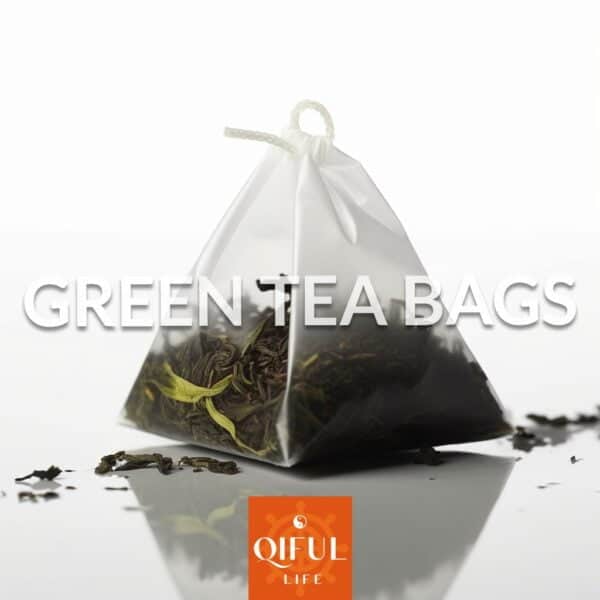Gourmet Tea » Tea Blog » Tea Information » What to Expect from Teas from Each Season

What to Expect from Teas from Each Season
Here we describe the characteristics of each tea season. We also cover when each type of tea is harvested.
Spring Tea: Nature’s Reawakening
In winter’s wake, spring breathes life back into the tea trees. During winter, the tea’s vitality rests in the roots. Amino acids synthesize here and later move to the upper parts of the tree. This dormancy period gives the tea a wealth of nutrients. Mild winter sunlight slows tree growth and helps form aromatic compounds. Spring tea features a rich and vibrant character, with a glossy appearance, robust aroma, bold flavor, sweet aftertaste, and tender yet substantial leaves. These leaves often appear plump, covered in fine hairs, with prominent veins and slightly indistinct serrated edges. Such traits distinguish spring tea from its summer and autumn counterparts.
Among spring teas, the first flush, known as “Mingqian Tea,” stands out. It represents the peak of quality, offering a potent aroma and abundant nutrients. Teas from this early harvest provide a deep and satisfying experience, making them highly sought-after collectibles.
Popular harvested teas harvested in Spring include:
- Light Roasted Oolongs
- Wuyi Rock Tea
- Purple Tea
Summer Tea Season: The Intensity of the Sun
Summer tea, picked during the sweltering months, faces unique challenges. Tea trees grow rapidly, much like thickening overnight. However, this quick growth accelerates the aging of the trees, making prompt harvesting essential. Despite a robust outward appearance, the growth rate outpaces the tree’s ability to absorb nutrients. As a result, the tea’s content may not match its lush exterior. Amino acids and vitamin levels drop, while tea anthocyanins, caffeine, and tea polyphenols increase, leading to a more bitter taste.
Summer tea’s flavor is often less robust. Rapid growth weakens the roots, limiting nutrient uptake and resulting in thinner, more bitter tea. Typically, summer tea serves as a supplement for large-scale production, where volume often outweighs quality.
Popular harvested teas harvested in Summer include:
- Large Leaf Black Tea
- Ripe Puerh Tea
Autumn Tea: A Season of Aroma and Nuance
Autumn tea holds a unique position, combining qualities of both spring and summer varieties. Early in autumn, as temperatures cool, the tea resembles spring harvests. However, as the season continues, limited rainfall creates challenges. Leaves may look dry and aged, showing the effects of previous spring and summer collections. Nutritional deficiencies become evident in the tea’s overall content.
Autumn tea features a slender, delicate appearance with noticeably thinner leaves. Its flavor is milder with less bitterness. The standout feature is its captivating aroma. The robust fragrance and restrained bitterness create a distinctive tea experience, appealing to those seeking a different taste dimension.
Popular harvested teas harvested in Autumn include:
- Roasted Oolongs
- Certain Puerh varieties
When are Teas Harvested?
- Purple Tea: Harvested in Spring between March and May.
- Black Tea: Harvested in late Summer. Lower elevation, smaller leaf black tea is harvested in early summer around June.
- Oolong Tea: Harvested in Spring and Autumn. Some premium Oolongs, like our Signature Oolong Tea, are harvested at the end of winter, just as spring begins.
- Puerh Tea: Harvested throughout Spring and Autumn.
- White Tea: Harvested in Spring.



